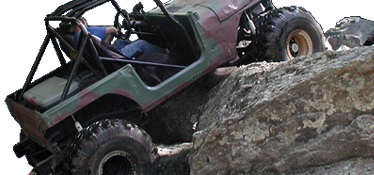GotWood
Sayer of Fact
- Joined
- Jan 12, 2007
- Location
- Maiden, NC
Why?There's a state law that says what you can and can't do with a 2x6.
Why?There's a state law that says what you can and can't do with a 2x6.
this doesn't help prove your case at all. It actually shows my point even stronger that they do it to control everything and everyone.It's actually to keep people from doing whatever they want without any oversight or regulation, so ultimately it keeps people from ignoring all the rules if don't like what the rules say.
Of course there is hahaThere's a state law that says what you can and can't do with a 2x6.
Lol lollol Tha good homieBasic science of wood: (BS of metals spinoff) Chapter 4, section 3; if you take some thin plywood and double or triple it's thickness with plenty of overlap, it becomes plenty strong enough within a reasonable measure, to hold up to anything I or anyone else could ever throw at it.
doesn't help prove your case at all. It actually shows my point even stronger that they do it to control everything and everyone.
So what do they base these laws on?It's to protect the health, safety, and welfare of the public. Last week, you were shocked when your super awesome carport fell down in a little bit of snow, now you're all "building codes are a waste of time, fuck engineering".
So what do they base these laws on?
So what do they base these laws on?
So..... Calculations using stress vs load were used?Engineering and failure modes.
So when you take a piece of 2x6 dimensional lumber with known nominal physical properties, and turn it into a truss assembly for a specific application with specific structural requirements, nothing bad happens.

So..... Calculations using stress vs load were used?
Someone should have said that posts ago

But if I glue it to the top of a D35 does it become a truss? It has technically made the axle stronger by some fraction!I heard mention of a 2x6, and a 2x6 is clearly not a truss.
this doesn't help prove your case at all. It actually shows my point even stronger that they do it to control everything and everyone.
Of course there is haha
Lol lollol Tha good homie
But if I glue it to the top of a D35 does it become a truss? It has technically made the axle stronger by some fraction!
But if I glue it to the top of a D35 does it become a truss? It has technically made the axle stronger by some fraction!
Typically... cases where things failed. Unfortunate events cause people to go back and say, hm maybe that wasn't a good idea"...So what do they base these laws on?
What kind of glue did you use? Did you preheat the center section before gluing? post heat?


Second place
I sure would hope not hahaha (would be some unhappy log home ownersWhich makes me wonder, has John not seen enough failure yet to understand this notion?

 )
) It's pretty simple.I sure would hope not hahaha (would be some unhappy log home owners)
But don't really know what your referring to
What does Engineering prove? Back in the late 70 s, I ended up at a new multi-story apartment complex. It was under construction, & I delivered concrete. First time I saw the "Engineered" Joist! Scared the crap out of me! "I-beams" built with plywood centers & slotted into something like 2x2 s. Then I got to watch a "This Old House" show, where they went to the Factory. Toured, & observed all the structural test. Other than the aspect of Fire, I was impressed! More Impressed with the structural / load test of Laminated Beams! Wow!

